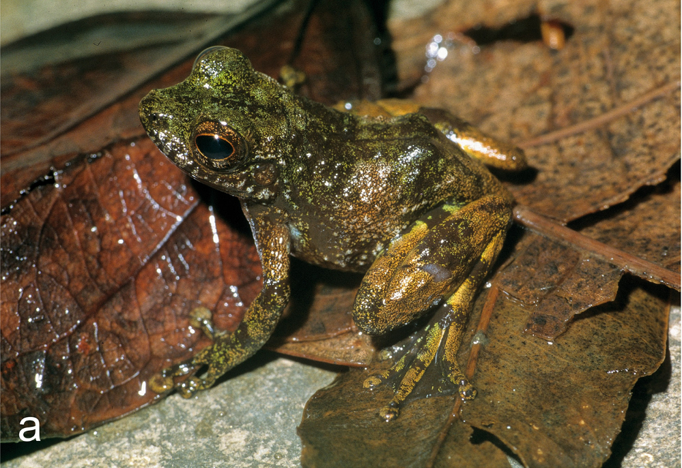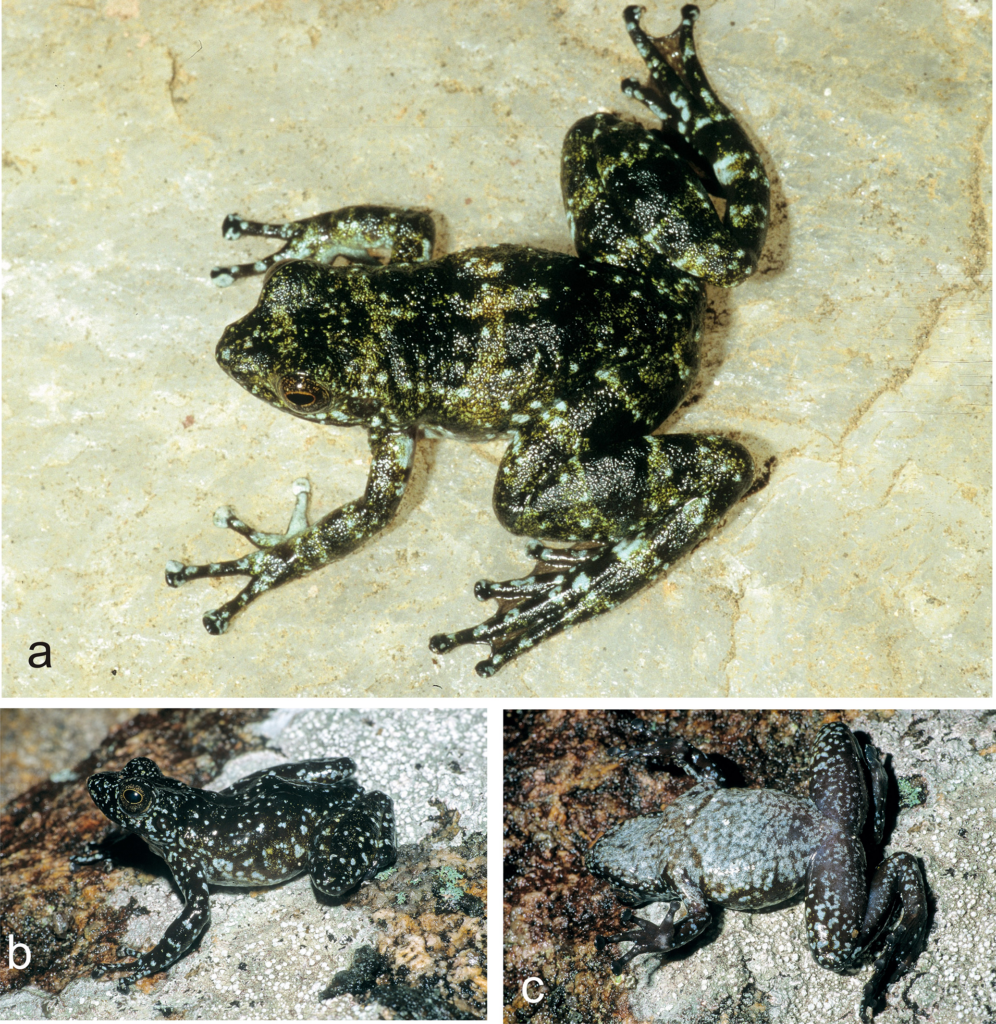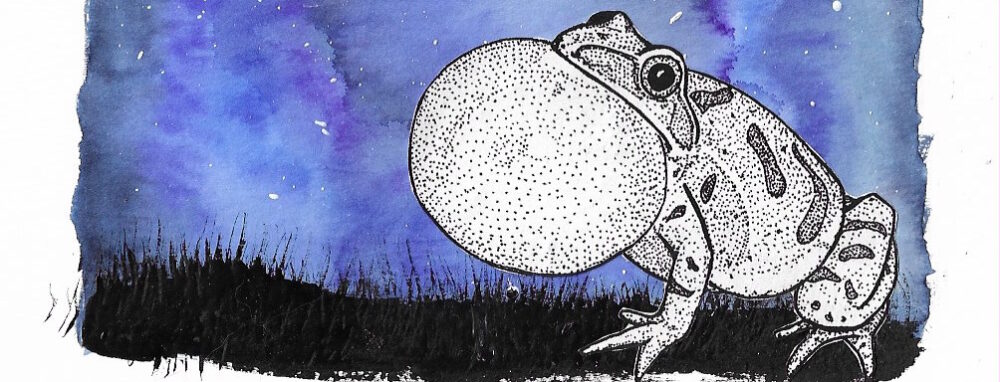By Geena Zick

When you hear a species described as Endangered, do you immediately believe it? What about if you heard a species was common and of Least Concern? How do you know species are categorized correctly? For example, tigers are categorized as Endangered. Of course, this is true, many people have heard it. Tigers are extremely charismatic animals, meaning they are cute and therefore, popular. There is a huge amount of data about them because people care. This large amount of information on tigers makes it easy to categorize them correctly. But what about animals that aren’t as charismatic? Is there enough information on them? Can they actually be categorized correctly?
What is the IUCN?
The International Union for Conservation of Nature’ s (IUCN) Red List describes itself as “a critical indicator of the health of the world’s biodiversity” (https://www.iucnredlist.org/). The threat status of an animal or plant is established by the IUCN. This means that the IUCN has a huge influence on conservation efforts for certain species. Because of this, it is vital that each species is categorized correctly. Although they have categorized many species correctly and have been a huge conservation help, there are still many species that are under-researched and under-funded. Species with a lack of sufficient data are categorized as Data Deficient. The IUCN discourages scientists from describing species as Data Deficient. The IUCN Red List Categories and Criteria: Version 3.1 states, “It is important to recognize that taxa that are poorly known can often be assigned a threat category on the basis of background information concerning the deterioration of their habitat and/or other causal factors; therefore the liberal use of ‘Data Deficient’ is discouraged.” Discouraging the use of the Data Deficient category is, regrettably, encouraging the use of misinformation. This can be a problem for species conservation as described by Dr. Mark D. Scherz and team in the journal Plos One.
An Example on Torrent Frogs
Dr. Scherz is a herpetologist who specializes in the taxonomy of frogs in Madagascar. Taxonomy is the naming and categorizing of species. He became obsessed with Madagascar and visited for the first time when he was 14 years old. His recent article digs into the naming and classification of torrent frogs. Torrent frogs are frogs that live around waterfalls or other fast flowing areas. These frogs have historically been listed as only two species, named Mantidactylus lugubris and Mantidactylus cowanii. Dr. Scherz and his team collected specimens from these species, sequenced their DNA and assessed this new data. After assessing the DNA sequence data and anatomy of the frogs, Dr. Scherz and his team have described two “new” species of torrent frogs, named Mantidactylus atsimo and Mantidactylus petakorona, that have been lumped into the already named species. Lumping these 4 species into only 2 names misconstrued information on the status of the frogs. Mantidactylus lugubris was considered Least Concern and was thought to live all over eastern Madagascar. However, once the new species were assessed separately, it was found that M. lugubris is only found in the central east of Madagascar.

A torrent frog, Mantidactylus cowanii, in the field. Photo from Plos One
Bigger Implications
The idea that the IUCN is not as accurate as it seems has huge implications for conservation. For one, taxonomy is crucial for species-specific conservation. The Red List takes years to update species and add new ones. This timeline can slow the process of saving these species. Additionally, the IUCN has a direct influence in the United Nations. This means they have a large amount of control over where the money is going and therefore, which species are going to be conserved. The IUCN’s system needs to be updated by creating more inclusive guidelines and having faster turnaround times, but they are still the best organization out there for categorizing species by their level of conservation need.
What Can the IUCN Do?
When asked if the IUCN has updated these frogs yet, Dr. Scherz explained, “there has not been an update yet, every 4 years all frogs are assessed region by region. This system is lacking because no one feels responsible to update animals immediately.” Dr. Scherz expressed his desire for the Red List guidelines to be reassessed. There is no doubt that it is difficult for one organization to create guidelines to assess all species. The current guidelines seem to be oriented towards large mammals and birds. For example, Criterion B suggests that populations with larger geographic distributions are at a lower risk of collapse. However, a small geographic distribution for a large mammal may be a huge distribution for a small frog. Dr. Scherz suggested, “they could correct the area for body size.” For example, a species can currently be listed as Vulnerable if their distribution is under 20,000 km2. Such thresholds could be smaller for smaller animals. Scherz also suggested creating a specific set of criteria for amphibians. The most recent edition of the IUCN guidelines for categories and criteria came out in 2012. It might be time for an update.
